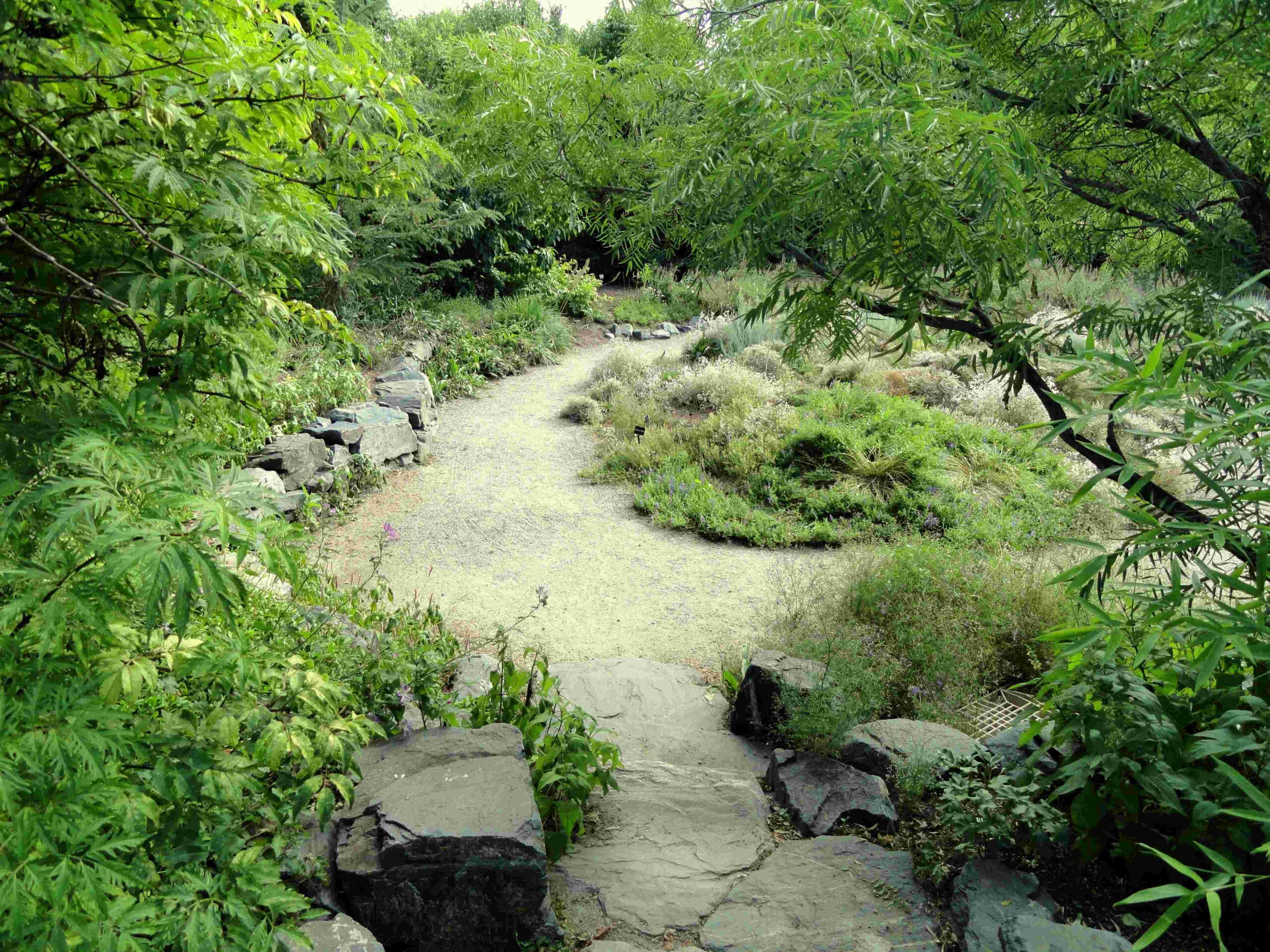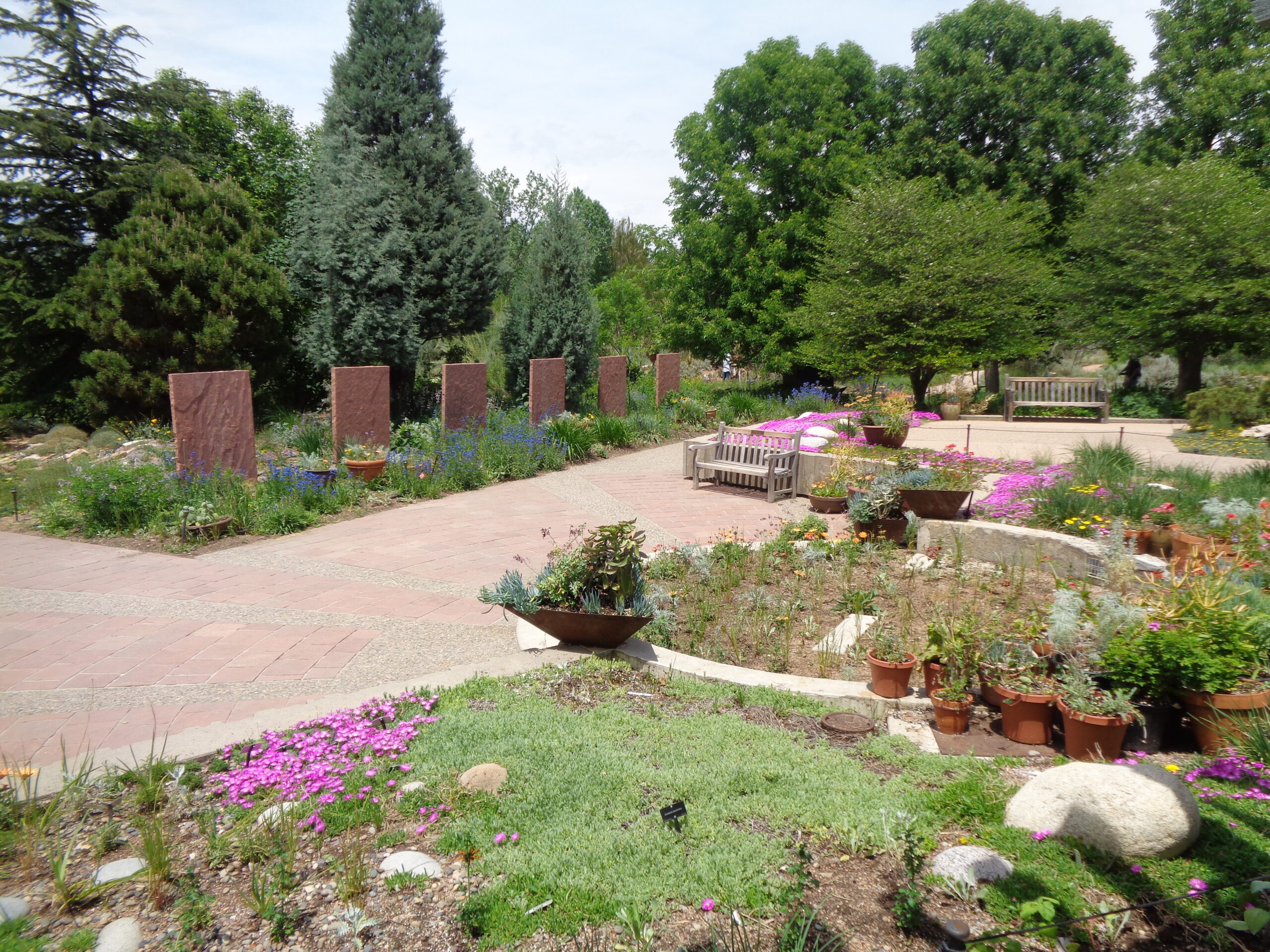The Denver Botanic Gardens butterfly exhibit at Chatfield Farms is a captivating seasonal attraction that showcases native Colorado butterfly species. Open from Memorial Day to Labor Day, this USDA-inspected containment facility offers visitors a unique opportunity to observe and learn about various butterfly species, their lifecycles, and their importance in the ecosystem. The exhibit features popular species such as Monarchs, Swallowtails, Painted Ladies, and Red Admirals, surrounded by lush gardens including a lavender garden with 19 varieties.
What Species of Butterflies Can You See at Denver Botanic Gardens?

The butterfly exhibit at Denver Botanic Gardens’ Chatfield Farms is home to a diverse array of native Colorado butterfly species. Visitors can expect to encounter:
- Monarchs (Danaus plexippus)
- Swallowtails (e.g., Papilio polyxenes for the Black Swallowtail)
- Mourning Cloaks (Nymphalis antiopa)
- Painted Ladies (Vanessa cardui)
- Red Admirals (Vanessa atalanta)
- Clouded Sulphurs (Colias philodice)
- Queens (Danaus gilippus)
Each of these species has unique characteristics and preferences:
- Monarchs: Known for their striking orange and black patterns, these butterflies are attracted to nectar plants.
- Swallowtails: Recognizable by their distinctive ‘tails’, they require specific host plants like willows and elm for their caterpillars.
- Mourning Cloaks: With dark wings bordered by blue spots and a cream-colored edge, these butterflies prefer host plants such as willows, elm, and wild rose.
- Painted Ladies: These migratory butterflies are often seen in the garden during summer months.
- Red Admirals: Easily identified by their red bands across black wings, they are particularly fond of verbena flowers.
How Does the Denver Botanic Gardens Butterfly Exhibit Contribute to Conservation?

The Denver Botanic Gardens butterfly exhibit plays a crucial role in conservation efforts:
-
Education: By allowing visitors to observe butterflies up close, the exhibit raises awareness about these important pollinators and their role in ecosystems.
-
Research: The controlled environment of the exhibit provides opportunities for scientific study of butterfly behavior and lifecycle.
-
Habitat Preservation: The gardens surrounding the butterfly house demonstrate how to create butterfly-friendly spaces, encouraging visitors to do the same in their own gardens.
-
Species Protection: As a USDA-inspected containment facility, the exhibit ensures that non-native species are not accidentally introduced into the local ecosystem.
-
Pollinator Support: By showcasing the relationship between butterflies and specific plants, the exhibit highlights the importance of maintaining diverse plant species for pollinator health.
What Are the Best Times to Visit the Denver Botanic Gardens Butterfly Exhibit?
To make the most of your visit to the Denver Botanic Gardens butterfly exhibit, consider the following factors:
-
Season: The exhibit is open from Memorial Day to Labor Day, covering the peak butterfly season in Colorado.
-
Time of Day: Butterflies are most active during warm, sunny periods. Mid-morning to early afternoon is often ideal.
-
Weather: Clear, calm days are best for butterfly activity. Avoid visiting on very windy or rainy days.
-
Plant Blooming Cycles: Different flowers bloom at various times throughout the season, attracting different butterfly species.
-
Special Events: Check the Denver Botanic Gardens website for any special butterfly-related events or programs that might enhance your visit.
How Can You Create a Butterfly-Friendly Garden at Home?
Inspired by the Denver Botanic Gardens butterfly exhibit? Here’s how you can create your own butterfly haven:
- Plant Nectar Sources: Include flowers rich in nectar such as:
- Butterfly bush
- Zinnia
- Marigold
- Lantana
-
Verbena
-
Provide Host Plants: Different butterfly species require specific plants for laying eggs:
- Milkweed for Monarchs
- Dill or fennel for Swallowtails
-
Mallow for Painted Ladies
-
Create Sun-Basking Spots: Place flat stones in sunny areas for butterflies to warm up.
-
Offer Water Sources: Shallow puddles or birdbaths with pebbles provide necessary hydration.
-
Avoid Pesticides: Use organic gardening methods to protect butterflies and their larvae.
-
Provide Shelter: Include shrubs and trees for butterflies to rest and hide from predators.
What Educational Opportunities Does the Denver Botanic Gardens Butterfly Exhibit Offer?
The Denver Botanic Gardens butterfly exhibit serves as an outdoor classroom, offering various educational opportunities:
-
Lifecycle Observation: Visitors can witness different stages of butterfly development, from eggs to caterpillars, chrysalises, and adult butterflies.
-
Species Identification: Informational displays help visitors learn to identify different butterfly species and their characteristics.
-
Plant-Pollinator Relationships: The exhibit demonstrates the crucial connections between specific plants and butterfly species.
-
Conservation Awareness: Visitors learn about the challenges facing butterfly populations and how they can contribute to conservation efforts.
-
Gardening Tips: The surrounding gardens provide inspiration and practical advice for creating butterfly-friendly spaces at home.
-
Guided Tours: While specific information on guided tours is not provided, many botanical gardens offer expert-led tours of their butterfly exhibits.
What Amenities Are Available at the Denver Botanic Gardens Chatfield Farms?
To ensure a comfortable and enjoyable visit to the butterfly exhibit, Chatfield Farms offers several amenities:
-
Parking: Ample on-site parking is available for visitors.
-
Visitor Center: A central hub for information, maps, and possibly gift shop items.
-
Accessibility: While specific details are not provided, the gardens likely offer accessible paths and facilities. It’s best to contact them directly for detailed accessibility information.
-
Surrounding Gardens: The butterfly house is set within beautiful gardens, including a lavender garden featuring 19 varieties and over 2,000 plants.
-
Educational Displays: Informational signs and exhibits provide context and learning opportunities throughout the visit.
-
Rest Areas: While not explicitly mentioned, botanical gardens typically provide benches or seating areas for visitors to rest and enjoy the surroundings.
What Rules Should Visitors Follow at the Denver Botanic Gardens Butterfly Exhibit?
To ensure the safety of both visitors and butterflies, as well as to maintain the integrity of the exhibit, visitors should adhere to the following guidelines:
-
No Touching: Avoid handling or touching the butterflies to prevent harm to these delicate creatures.
-
Stay on Designated Paths: Stick to marked walkways to protect plants and butterfly habitats.
-
No Feeding: The garden provides all necessary nectar sources; do not bring or offer additional food to the butterflies.
-
Quiet Observation: Maintain a calm environment to avoid disturbing the butterflies.
-
No Release: As a USDA-inspected containment facility, no butterflies should be removed from or released into the exhibit.
-
Photography Guidelines: While photography is likely allowed, avoid using flash as it may disturb the butterflies.
-
Respect Containment: Follow all entry and exit procedures to prevent accidental butterfly escape.
By following these rules, visitors can enjoy a memorable experience while contributing to the conservation efforts of the Denver Botanic Gardens butterfly exhibit.
References:
1. https://butterflies.org/a-joint-venture-between-butterfly-pavilion-and-denver-botanic-gardens/
2. https://www.botanicgardens.org/chatfield-farms/butterflies-chatfield
3. https://www.botanicgardens.org/blog/designing-butterfly-house-chatfield-farms

